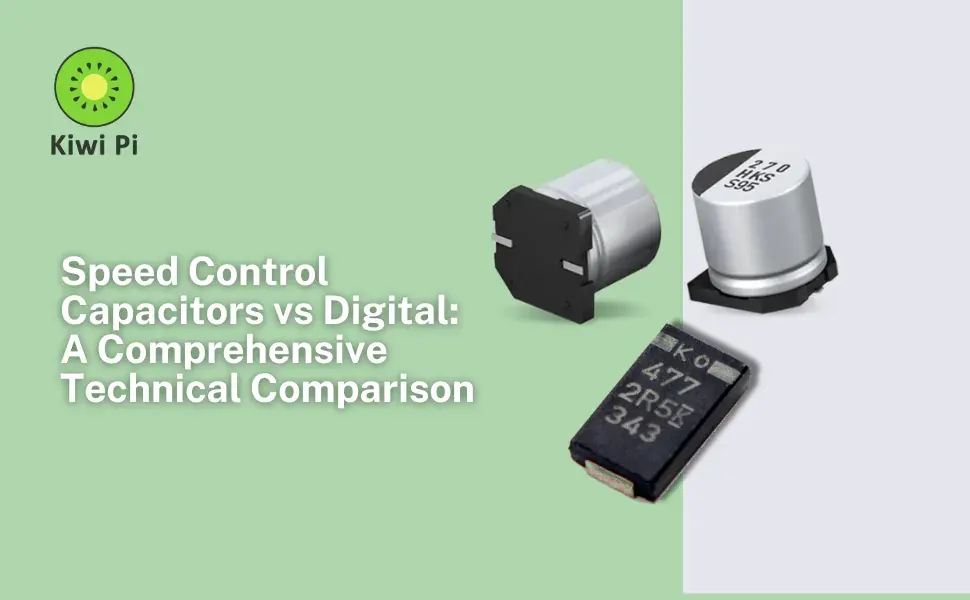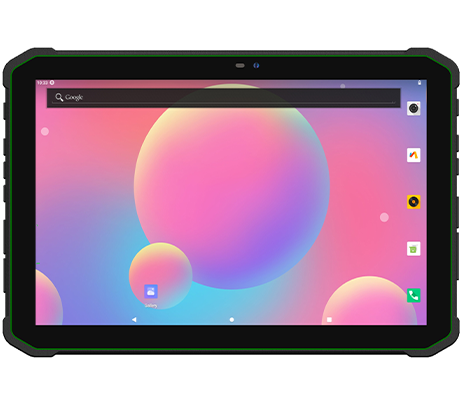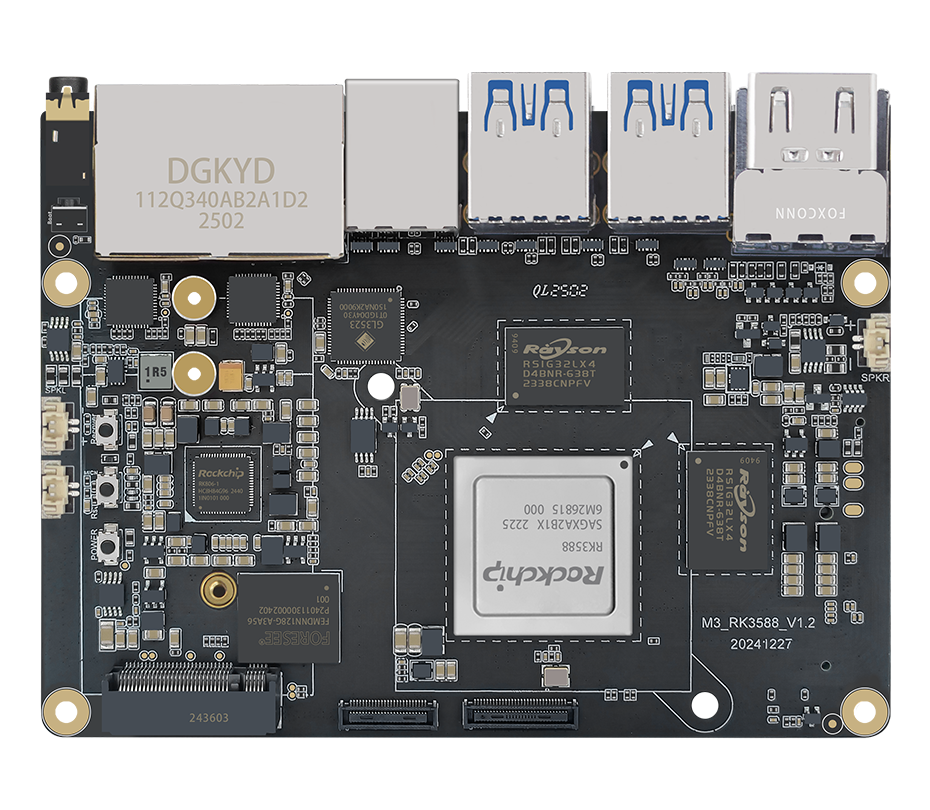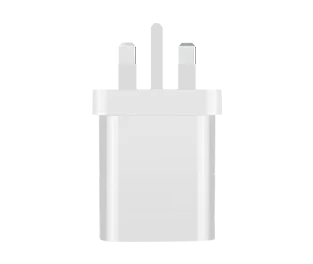
Articles
Speed Control Capacitors vs Digital: Technical Comparison
Introduction
Engineers and technicians frequently encounter a key decision in motor speed regulation: choosing between speed control capacitors and digital speed controllers. This decision greatly affects system performance, energy efficiency, and maintenance costs over time. In this comprehensive guide, we will analyze both technologies, covering their operation, benefits, limitations, and suitable applications, to assist you in making an informed choice tailored to your requirements.

Understanding Speed Control Capacitors
The Basics of Capacitor-Driven Speed Control
Speed control capacitors are passive components that adjust the phase between a motor's windings to control its speed. They have been essential in motor control for many years, especially in single-phase AC induction motors.
The capacitor induces a phase difference between the main and auxiliary windings, generating a rotating magnetic field that influences the motor's torque and speed. Adjusting the capacitance allows users to set different speed levels.
Types of Speed Control Capacitors
Run Capacitors: Designed for continuous operation, ensuring stable phase shift
Start Capacitors: Used for temporary phase shifting during motor startup.
Dual-Run Capacitors: Combine both start and run functions into a single unit.
Benefits of using capacitor-based control
Simplicity: No complex electronics or programming required
Cost-Effectiveness: Lower initial investment compared to digital systems
Durability: Fewer components mean less potential for failure
No External Power Needed: Operates purely through passive electrical characteristics
Limitations to Consider
Limited Speed Range: Typically offers discrete speed steps rather than continuous control
Reduced Efficiency: Energy losses increase at lower speed settings
Fixed Characteristics: Cannot adapt to changing load conditions automatically
Aging Effects: Capacitance values drift over time, affecting performance
Digital Speed Controllers Explained
The Technology Behind Digital Control
Digital speed controllers are the modern way to regulate motors, using advanced electronics to precisely control motor performance. These systems usually use either Pulse Width Modulation (PWM) or Variable Frequency Drive (VFD) technology to provide better control.
Digital controllers operate by adjusting both voltage and frequency supplied to the motor. Microprocessors allow for advanced control algorithms that can sustain optimal performance under different load conditions.
Key Digital Control Technologies
PWM Controllers: Adjust motor speed by varying pulse width while maintaining constant voltage
VFD Systems: Alter both voltage and frequency for AC motor control
Servo Drives: Provide precise position and speed control for servo motors
Benefits of Digital Speed Control
Precision Regulation: Maintains consistent speed regardless of load variations
Energy Efficiency: Optimizes power consumption across all speed ranges
Programmability: Allows for custom speed profiles and automation integration
Wide Speed Range: Can operate motors from near-zero to above-rated speeds
Diagnostic Capabilities: Built-in monitoring and fault detection features
Potential Drawbacks
Higher Initial Cost: More complex electronics raise the purchase price.
EMI Concerns: May generate electrical noise requiring mitigation
Technical Expertise: Proper setup and tuning usually require specialized knowledge.
Maintenance Requirements: Electronic components may need periodic servicing
Speed Control Capacitors vs Digital: Technical Comparison
Performance Characteristics
| Feature | Speed Control Capacitors | Digital Speed Controllers |
|---|---|---|
| Speed Adjustment | Discrete steps | Continuous, precise |
| Efficiency at Low Speed | Poor (high slip losses) | Excellent (minimal loss) |
| Torque Characteristics | Corrected by capacitor value | Programmable curves |
| Response Time | Slow (mechanical inertia) | Fast (electronic control) |
| Harmonic Distortion | Minimal | Potentially significant |
Economic and Operational Factors
| Consideration | Capacitor Solution | Digital Solution |
|---|---|---|
| Initial Cost | $10-$100 | $100-$10,000+ |
| Installation Complexity | Simple | Moderate to Complex |
| Energy Savings | Limited | Significant (20-60%) |
| Maintenance Needs | Rare (capacitor replacement) | Regular (firmware, cooling) |
| System Integration | Standalone | Network-capable |
Conclusion
The choice between speed control capacitors and digital speed controllers ultimately depends on your specific needs regarding performance, budget, and operational requirements. Capacitors provide a simple, affordable solution for basic applications, while digital controllers offer greater precision and efficiency for more demanding environments.
As technology advances, the distinction between these methods may become less clear, with hybrid systems and advanced materials opening up new possibilities. By carefully comparing your application's speed regulation needs with the capabilities of each technology, you can choose the best solution that balances performance and cost.
-

10.1-inch Rugged Tablet
10.1-inch Rugged Tablet
The 10.1-inch Rugged Tablet is a tough Android device designed to endure severe conditions.
MoreNEW -

Kiwi Pi 5 Pro
Kiwi Pi 5 Pro
Rockchip RK3588 Quad-Core A76+A55 ARM Mali-G610 MC4,6.0 TOPs NPU
MoreNEW -

30W USB-C Power Adapter Type G
30W USB-C Power Adapter Type G
30W USB-C Power Adapter Type G, designed to provide efficient charging for your devices. Compact and lightweight.
MoreNEW